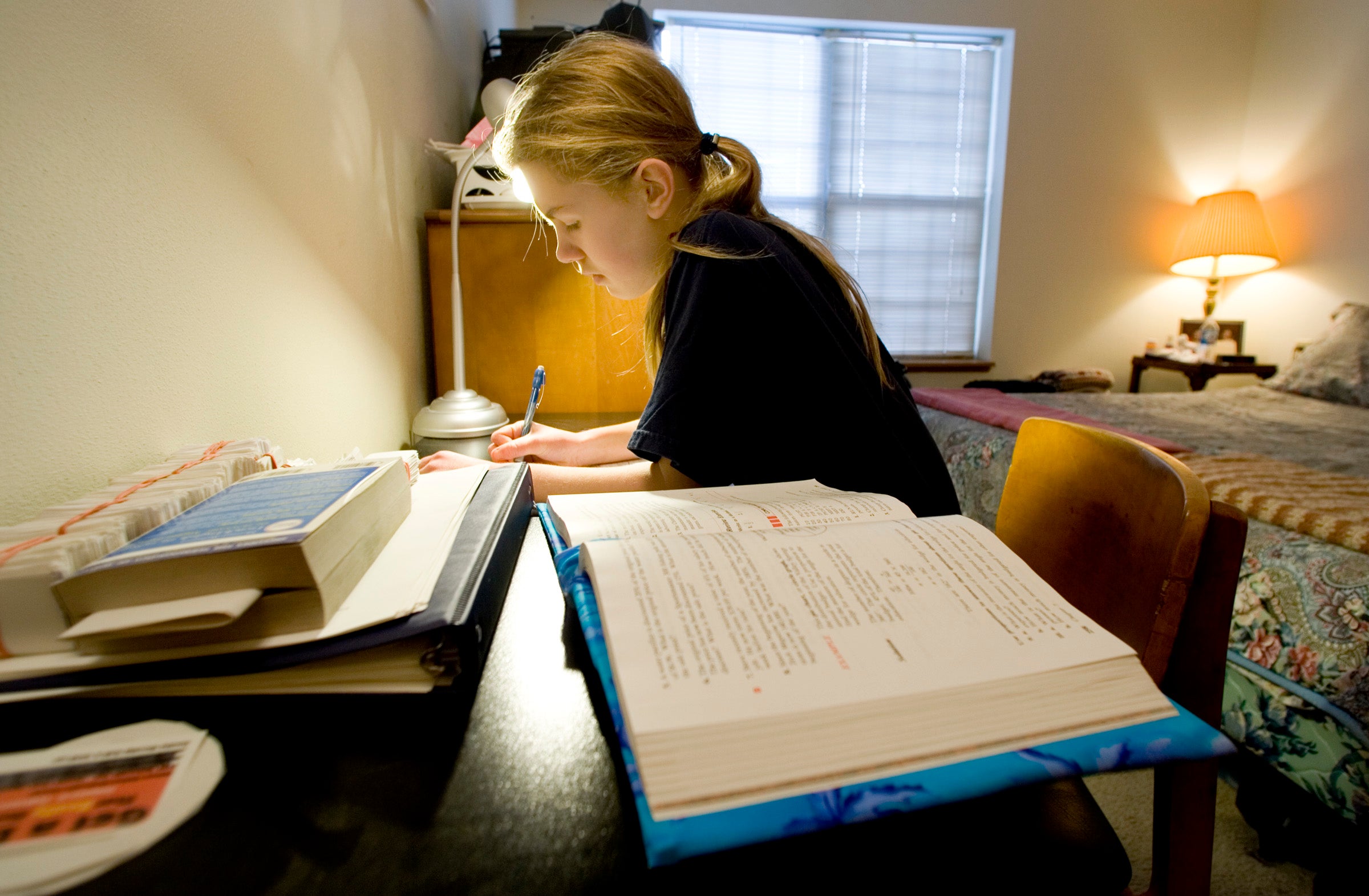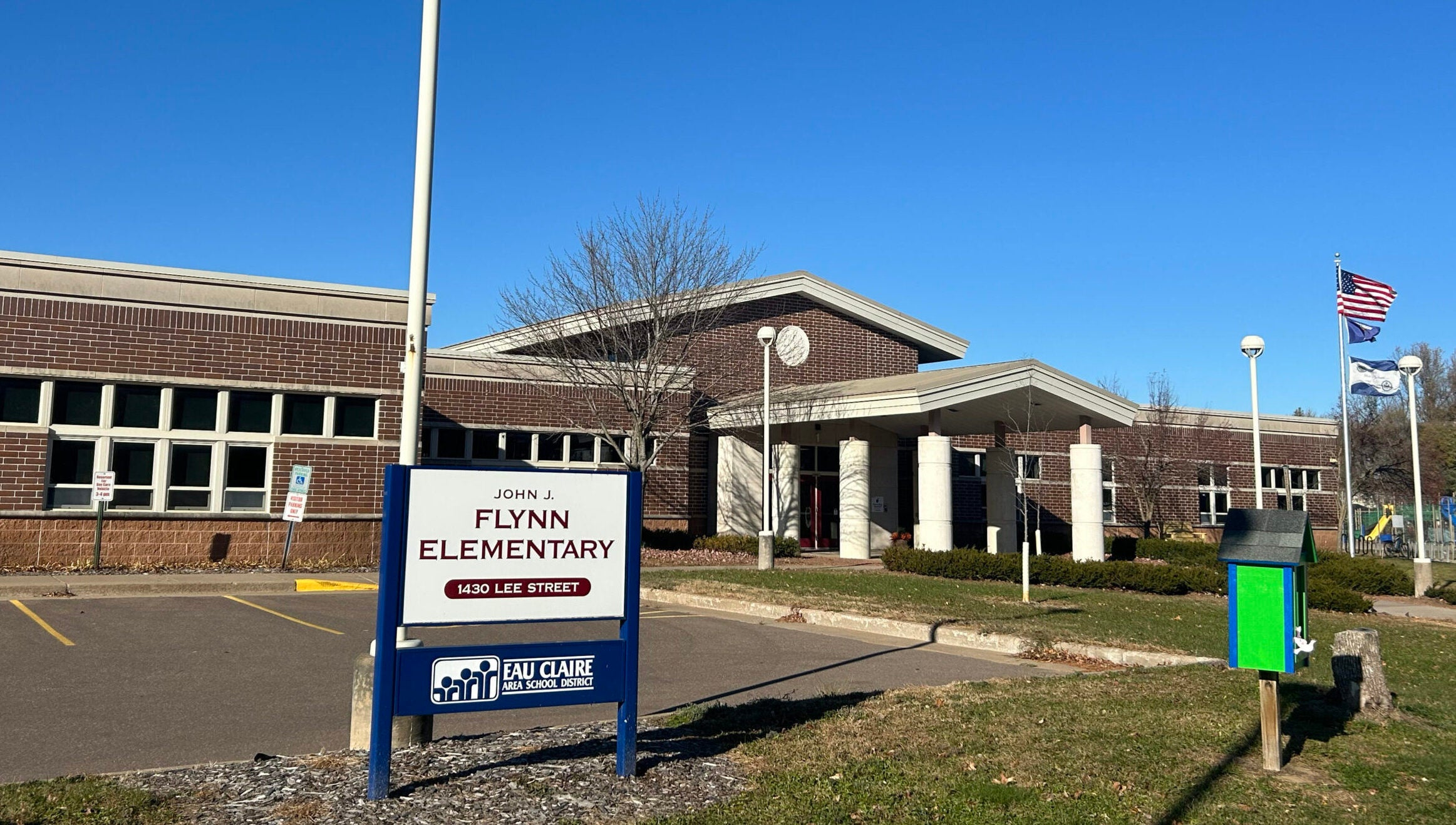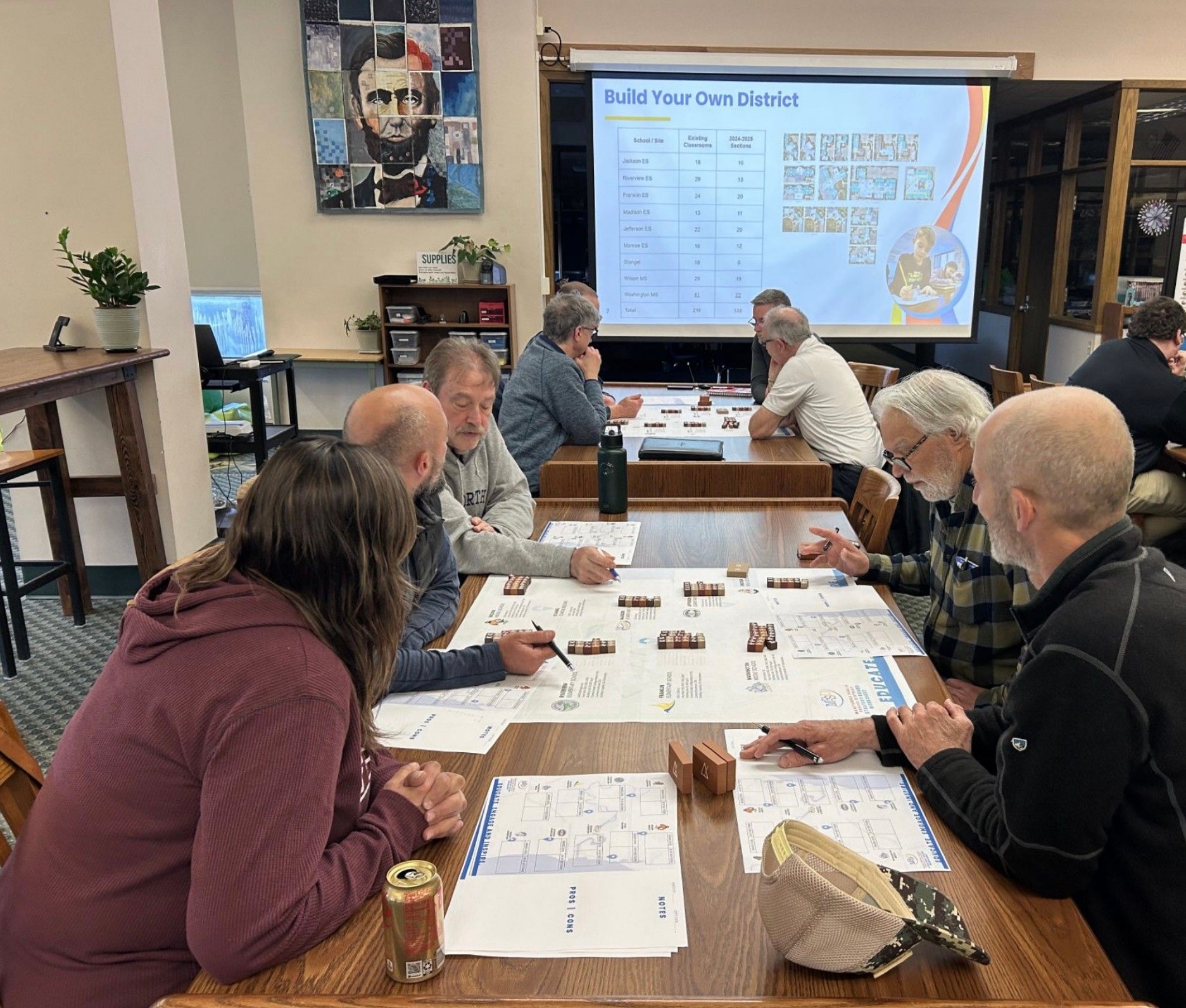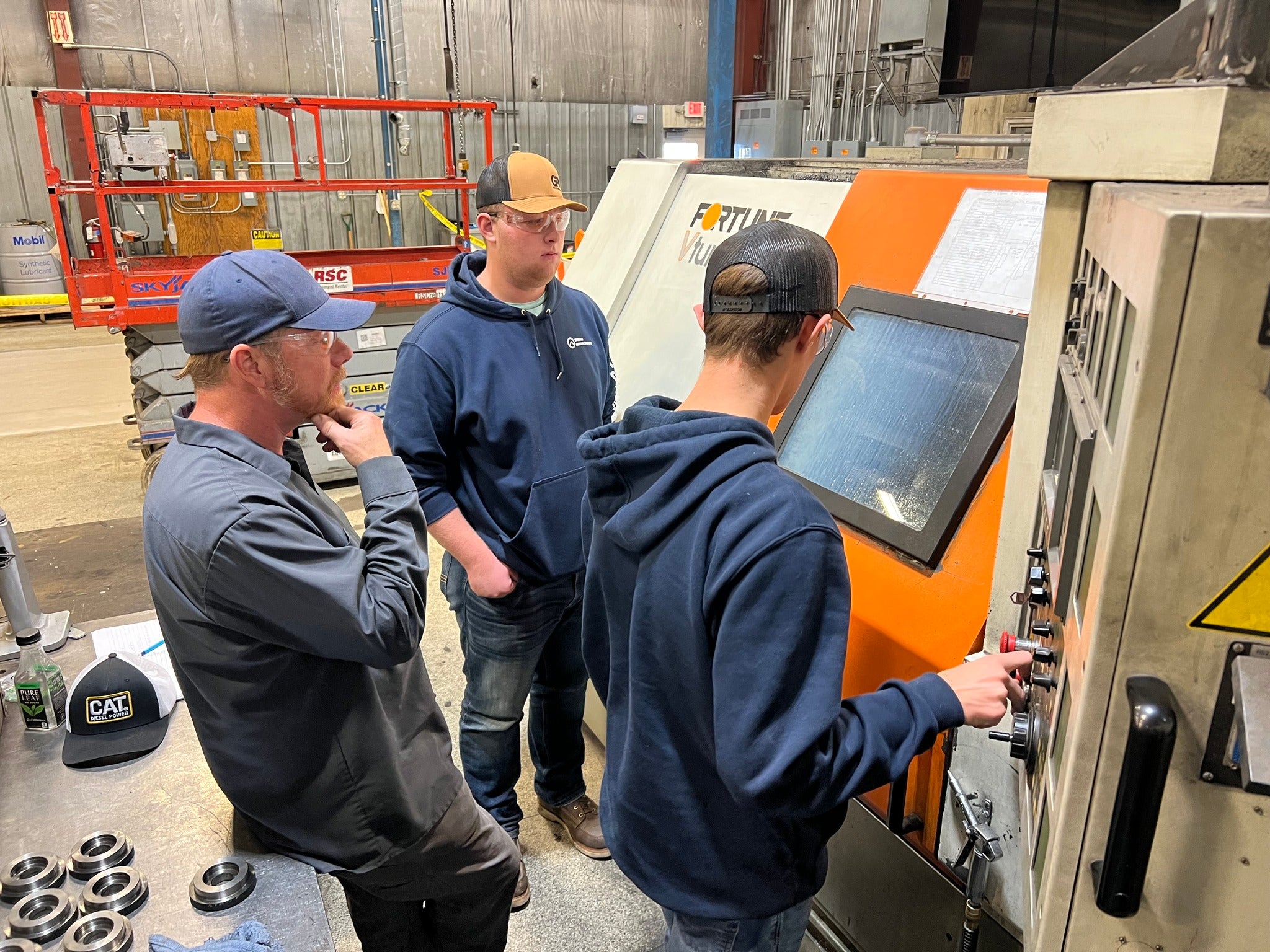The number of students enrolled in public, virtual charter schools in Wisconsin has increased 140 percent over the last decade. This year, six new online charter programs went online.
During the 2018-19 school year there were 7,465 students attending 42 virtual charter schools around the state. During the 2008-09 school year there were 3,106 virtual enrollees at 14 different programs, according to state data.
Virtual charter schools are authorized and managed by brick and mortar public school districts. Because of Wisconsin’s open enrollment program, which allows parents to send their children to districts other than the one they live in, virtual charter schools can accept students from anywhere in the state.
News with a little more humanity
WPR’s “Wisconsin Today” newsletter keeps you connected to the state you love without feeling overwhelmed. No paywall. No agenda. No corporate filter.
Online charter schools were created this year in Eau Claire, Chippewa Falls, Elmwood and Ripon. Lake Geneva created two. That brings the total to 48 for the 2019-2020 school year.
Eau Claire Virtual School lead teacher Drew Seveland told WPR they enrolled 23 students in 2019, most from within the Eau Claire Area School District, with some from the nearby cities of Chippewa Falls and Altoona. He said the school has a cap of 28 students, but he expects that to be lifted within five years as the virtual charter school grows.
“We’re looking at making sure we can truly serve and build a relationship with every single one of the students who we have going for that first year,” said Seveland.
He said virtual charter schools are attractive to many types of students but particularly to those who may face physical or emotional obstacles that make learning in larger schools more difficult.
“By not having an online school we were losing students to other virtual schools around the state,” Seveland said. “And because of that it made it really difficult to stay in touch with those students even if they were local students.”
But Seveland said the idea of attracting more students to the Eau Claire Area School District was also discussed. Under open enrollment, state funding for students goes with them to the districts they attend.
Michael Ford is an associate professor of public administration at the University of Wisconsin-Oshkosh who researches public education. He said virtual charter schools hold a lot of promise for students.
“If you’re in a rural school district or in a school district that doesn’t have many offerings, virtual charter schools are an opportunity for a student to be exposed to more subjects and more specialized subjects,” Ford said.
Ford said comparing data from the 2015-16 school year with that of the 2016-17 school year showed high transfer rates to and from online charter programs.
“About 38 percent of students that were in a virtual charter school in year one were no longer there in year two,” Ford said. “So there’s that huge turnover. If you’re losing 40 percent of your students every year, you’re not going to have that year-to-year continuity.”
Ford said that lack of continuity has been shown to hurt test scores.
“We saw that when students move into a virtual charter school their math scores go down,” said Ford. “When they leave a virtual charter school for a traditional brick and mortar school their test scores also go down but not by as dramatic of a number.”
Seveland said the best way to boost retention and ensure students are engaging with online curriculum is with face-to-face meetings with students and their parents.
Mike Bormett is the Wisconsin Department of Public Instruction assistant director of the agency’s school management services team. He pointed out that despite the growth in the state’s virtual charter schools over the last 10 years, the nearly 7,500 students enrolled in them represent a drop in the bucket when compared with the state’s overall enrollment of 858,833 students last school year.
Bormett said data shows there tends to be more mobility in the state’s virtual school population, which is likely due to the ability to switch schools without having to move to another district.
“Mobility for a student and a family does make it more of a challenge for them to be connected to their school environment,” said Bormett. “And we encourage parents and students to find that education home that suits them best.”
Wisconsin Public Radio, © Copyright 2025, Board of Regents of the University of Wisconsin System and Wisconsin Educational Communications Board.







